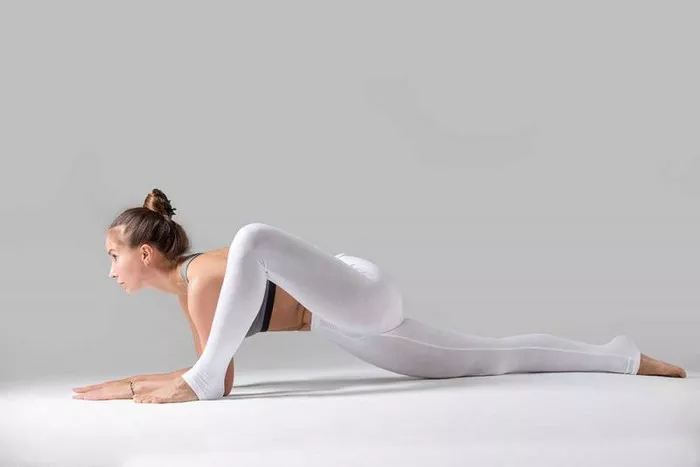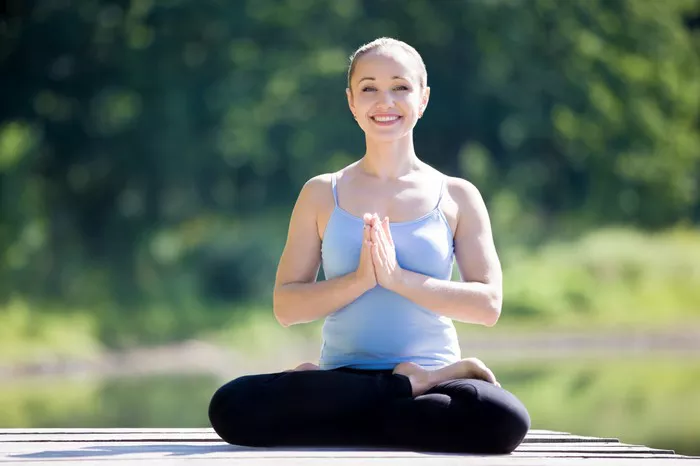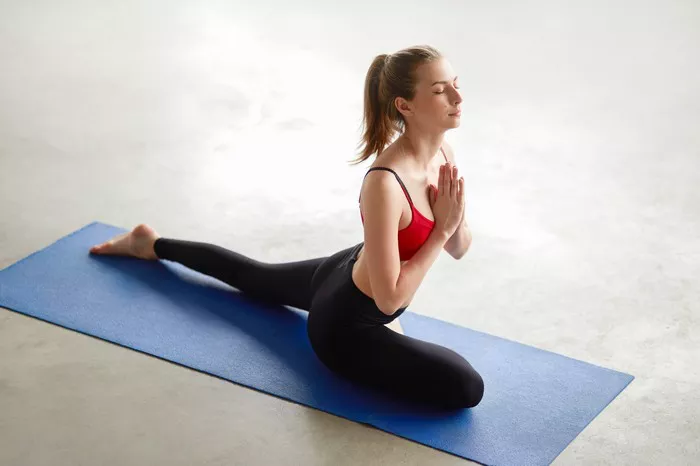Yoga, an ancient practice originating in India, encompasses a vast array of poses that promote physical and mental well-being. Among these poses, the Dragon Pose, also known as “Yin Yoga Dragon Pose” or “Low Lunge,” holds a special place. In this article, we delve into the depths of this pose, uncovering its origins, benefits, variations, instructions, and precautions to offer a holistic understanding.
Origins and Symbolism
The Dragon Pose finds its roots in the philosophy of Yin Yoga, a practice that focuses on deep stretching and prolonged holds to target the connective tissues of the body. While the exact origin of the pose is unclear, its symbolism reflects the qualities associated with dragons in various cultures. Dragons symbolize strength, power, and transformation. In Chinese culture, dragons are revered as auspicious creatures representing vitality and wisdom.
The Dragon Pose embodies these qualities, inviting practitioners to tap into their inner strength and resilience. As the body sinks deeper into the pose, it symbolizes the journey of transformation and growth, both physically and mentally. Just as the dragon navigates through challenges with grace, practitioners of the Dragon Pose learn to face obstacles with equanimity and courage.
Physical and Mental Benefits
The Dragon Pose offers a plethora of benefits for both the body and mind. Physically, it targets the hips, thighs, groin, and abdomen, promoting flexibility and mobility in these areas. The deep stretch stimulates the hip flexors, which can become tight due to prolonged sitting or physical activity. By releasing tension in these muscles, the pose helps alleviate lower back pain and improves posture.
Moreover, the Dragon Pose stimulates the meridian lines associated with the liver and gallbladder in Traditional Chinese Medicine (TCM). This stimulation can help improve digestion, detoxification, and emotional well-being. Emotionally, the pose encourages introspection and release, allowing practitioners to let go of pent-up emotions and cultivate a sense of inner calm.
Variations and Modifications
Like many yoga poses, the Dragon Pose offers variations and modifications to suit practitioners of all levels and abilities. One variation is the “Supported Dragon Pose,” where props such as bolsters or blocks are used to provide additional support. This variation is ideal for beginners or those with limited flexibility, as it reduces the intensity of the stretch while still allowing for deep relaxation.
For those seeking a deeper challenge, the “Twisted Dragon Pose” adds a spinal twist to the traditional pose, enhancing its benefits for spinal mobility and detoxification. Additionally, variations such as the “Flying Dragon Pose” incorporate balance and core strength by lifting the back knee off the ground. These variations cater to the diverse needs and preferences of practitioners, allowing for a customized practice experience.
Step-by-Step Instructions
To practice the Dragon Pose safely and effectively, follow these step-by-step instructions:
- Begin in a kneeling position on your mat.
- Step your right foot forward between your hands, aligning your right knee directly over your ankle.
- Lower your left knee to the ground, untucking the toes, and slide it back until you feel a comfortable stretch in the left hip flexor and thigh.
- Keep your hands on the ground for support or place them on blocks for additional height.
- Engage your core and gently sink your hips toward the ground, maintaining length in the spine.
- Stay in this position for 1-3 minutes, focusing on deep, steady breaths.
- To release, gently press into your hands and step the right foot back to meet the left, returning to the starting position.
- Repeat on the opposite side, stepping the left foot forward.
Precautions and Contraindications
While the Dragon Pose offers numerous benefits, it’s essential to practice with mindfulness and awareness of your body’s limitations. Here are some precautions and contraindications to consider:
1. Knee Injury: If you have a knee injury or discomfort, avoid excessive pressure on the front knee by placing a cushion or folded blanket under it for support.
2. Hip Injury: Individuals with hip injuries should approach the pose with caution and avoid sinking too deeply into the stretch. Focus on maintaining a comfortable range of motion and listen to your body’s signals.
3. Pregnancy: Pregnant individuals should modify the pose by keeping the back knee lifted or using props for support. Avoid deep twists and excessive pressure on the abdomen.
4. High Blood Pressure: If you have high blood pressure, avoid holding your breath or straining during the pose. Keep the breath steady and gentle to avoid spikes in blood pressure.
Conclusion
In conclusion, the Dragon Pose offers a profound journey of physical and mental exploration, inviting practitioners to embody the strength and resilience of the mythical creature it’s named after. By embracing the pose’s origins, benefits, variations, instructions, and precautions, yogis can cultivate a practice that nurtures body, mind, and spirit, paving the way for transformation and growth on and off the mat.
FAQs:
What areas does the dragon pose target?
The Dragon Pose primarily targets the hips, thighs, groin, and abdomen. These areas are engaged and stretched as the practitioner sinks into the pose, promoting flexibility and mobility in the lower body.
What does the dragon pose stretch?
The Dragon Pose stretches the hip flexors, quadriceps, groin, and abdominal muscles. By holding the pose and deepening the stretch, practitioners can release tension in these muscles, alleviate lower back pain, and improve overall flexibility.
What are the cues for dragon pose?
Cues for the Dragon Pose include aligning the front knee directly over the ankle, gently sinking the hips toward the ground, maintaining length in the spine, and engaging the core muscles for stability. Practitioners should focus on deep, steady breathing and may use props such as blocks for support if needed.





















